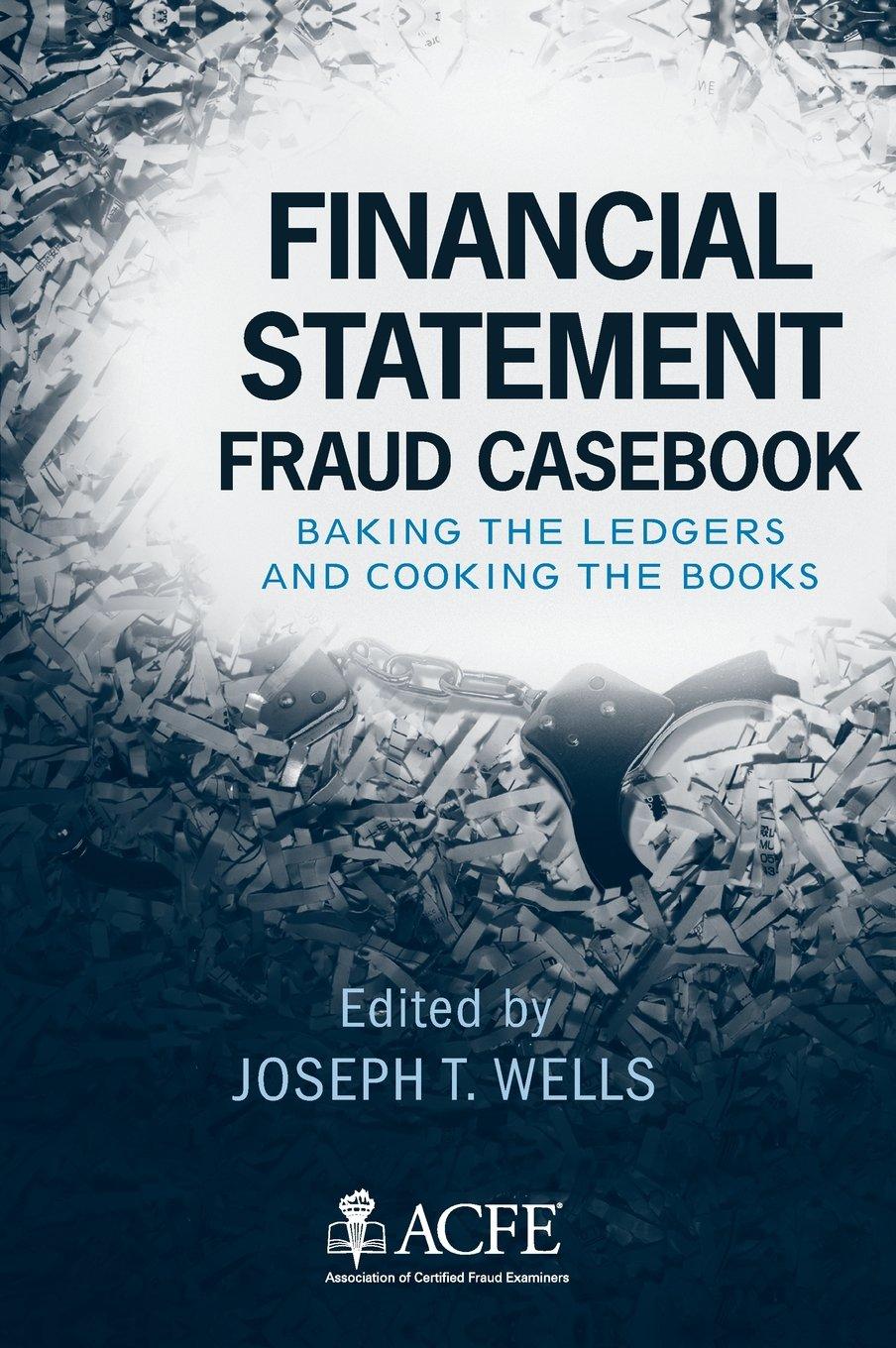Question
Chapter 2 Conceptual Framework for Financial Reporting Select the accounting principle, assumption, or related item that best completes the sentence. Ex: Material. Full disclosure. Far
Chapter 2 Conceptual Framework for Financial Reporting
Select the accounting principle, assumption, or related item that best completes the sentence. Ex: Material. Full disclosure. Far value. Relevance. Periodicity. Consistency. Revenue recognition. Comparabitlity. Confirmatary value.
1. _____________and ________________are the two fundamental qualities that make accounting information useful for decision making.
2. Information that helps users confirm or correct prior expectations has __________.
3. ____________________ enables users to identify the real similarities and differences in economic events between companies.
4.________________ is the price that would be received to sell an asset or paid to transfer a liability in an orderly transaction between market participants at the measurement date.
5. Information is ___________________if omitting it or misstating it could influence decisions that users make on the basis of the reported financial information.
6. The _____________________ characteristic requires that the same accounting method be used from one accounting period to the next, unless it becomes evident that an alternative method will bring about a better description of a firm's financial situation.
7.__________________ means that a company cannot select information to favor one set of interested parties over another.
8. Providing information that is of sufficient importance to influence the judgement and decisions of an informed user is referred to as ________________.
9. Corporations must prepare accounting reports at least yearly due to the_________________ assumption.
10.__________________ occurs when the performance obligation is satisfied.
For each item below, indicate to which category of elements of financial statements it belongs. Assets. Liabilities. Equity. Investments by Owners. Distributions to Owners. Comprehensive Income. Revenues. Expenses. Gains. Losses.
(a) Retained earnings
(b) Sales
(c) Additional paid-in capital
(d) Inventory
(e) Depreciation
(f) Loss on sale of equipment
(g) Interest payable
(h) Dividends
(i) Gain on sale of investment
(j) Issuance of common stock
One of the elements of financial statements is comprehensive income. As described in Statement of Financial Accounting Concepts No. 6, "Elements of Financial Statements," comprehensive income is equal to A. revenues minus expenses plus gains minus losses. B. revenues minus expenses plus gains minus losses plus investments by owners minus distributions to owners. C. revenues minus expenses plus gains minus losses plus investments by owners minus distributions to owners plus assets minus liabilities. D. none of these answer choices are correct.
Which of these basic elements of financial statements arises from peripheral or incidental transactions? A. Gains B. Liabilities C. Assets D. Expenses
LO 2.5 Describe the basic assumptions of accounting. In the practice of financial accounting, certain basic assumptions are important to an understanding of the manner in which data are presented. The following four basic assumptions underlie the financial accounting structure:
Economic Entity ______________________________________________________________
Going Concern - _______________________________________________________________
Monetary Unit - ________________________________________________________________ ____________________
Periodicity - __________________________________________________________________
LO 2.6 Explain the application of the basic principles of accounting.
Measurement principle. _______________________________________________________________,
Historical cost principle________________________________________________________________ ____________________
Fair value principle. ________________________________________________________________ ____________________.
The three broad levels of the fair value hierarchy are: Level 1. Observable inputs that reflect quoted prices for identical assets or liabilities in active markets. Level 2. Inputs other than quoted prices included in Level 1 that are observable for the asset or liability either directly or through corroboration with observable data. Level 3. Unobservable inputs such as discounted expected future net cash flows.
Revenue recognition principle.__________________________________________________________ ____________________
Expense recognition principle (matching principle). ________________________________________ ___________________________
Exercises What accounting assumption, principle, or constraint would Target Corporation use in each of the situations below? Word bank: Monetary unit, historical cost, expense recognition, revenue recognition, periodicity, going concern, cost constraint, industry practices
(a) Target was involved in litigation over the last year. This litigation is disclosed in the financial statements.
(b) Target allocates the cost of its depreciable assets over the life it expects to receive revenue from these assets.
(c) Target records the purchase of a new Dell PC at its cash equivalent
State the accounting assumption, principle, or constraint that is most applicable in the following cases. Word Bank: consistency quality, expense recognition principle or going concern assumption, monetary unit assumption, periodicity assumption, full disclosure principle, economic entity assumption, materialty quality
1. All payments less than $25 are expensed as incurred. (Do not use conservatism.)
2. The company employs the same inventory valuation method from period to period.
3. A patent is capitalized and amortized over the periods benefited.
4. Assuming that dollars today will buy as much as ten years ago.
5. Rent paid in advance is recorded as prepaid rent.
6. Financial statements are prepared each year.
7. All significant post-balance sheet events are reported.
8. Personal transactions of the proprietor are distinguished from business transactions
Step by Step Solution
There are 3 Steps involved in it
Step: 1

Get Instant Access to Expert-Tailored Solutions
See step-by-step solutions with expert insights and AI powered tools for academic success
Step: 2

Step: 3

Ace Your Homework with AI
Get the answers you need in no time with our AI-driven, step-by-step assistance
Get Started


